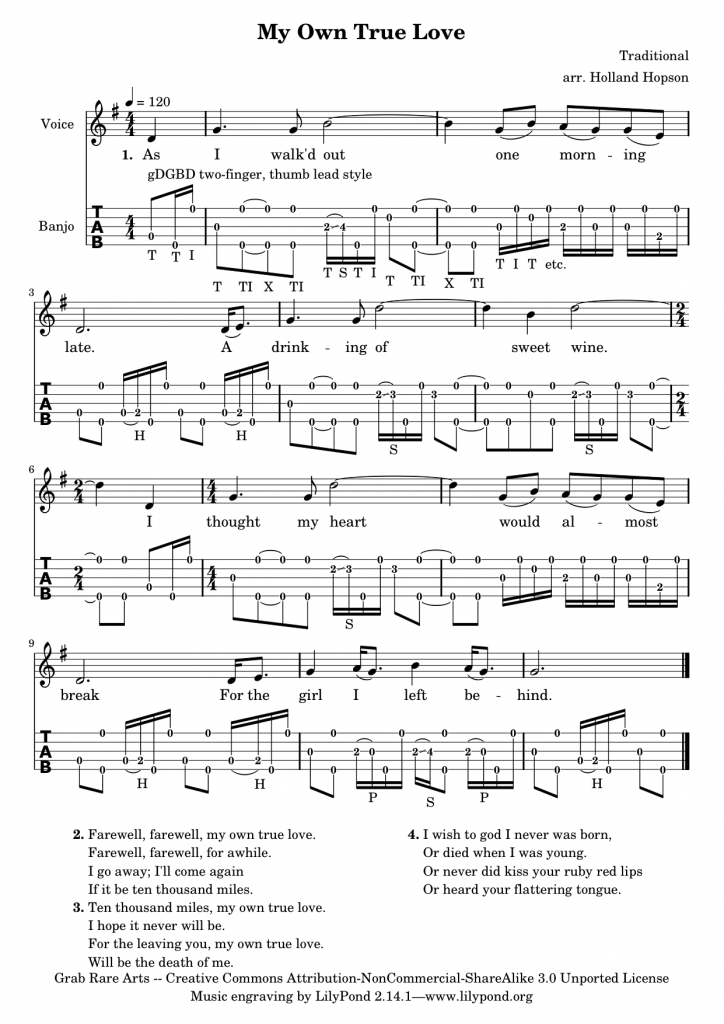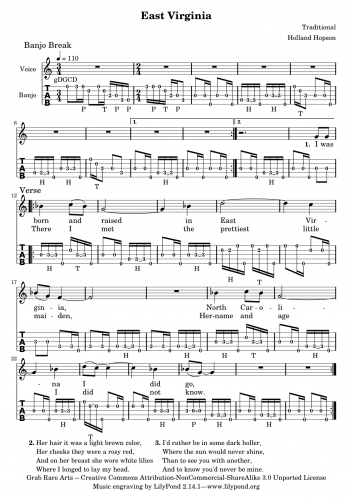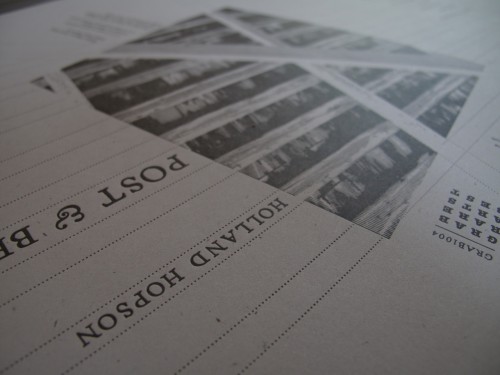My residency with David Behrman at the Atlantic Center for the Arts was an important part of 2011 and its effects trickled into the rest of (and best of) the year. I heard some great recordings as a result of the residency, namely:
 Various Artists: Music for Merce (box set)
Various Artists: Music for Merce (box set)
A massive collection that celebrates the musical legacy of the Merce Cunningham Dance Company. Great work by Christian Wolff, Pauline Oliveros, Takehisa Kosugi, Maryanne Amacher, John King, David Behrman and especially David Tudor. It’s astounding (and initially a little frustrating) that even with 10 CDs, many of the pieces are presented as excerpts. But hearing applause at the end of the live recordings reminds me that the pieces often lasted until the dance was over, and then they were over, too.
Ensemble vocal de Girokastër: Albanie – Polyphonies Vocales du Pays Lab
Mesmerizing choral music from Albania.
Otherwise, 2011 was the year of some exceptional music by many of my musician friends. Their work easily stands up against many of the releases from more established labels. In some cases, the work appears on established labels. In any case, the distinction between DIY and “signed artist” seems increasingly irrelevant. So I’m not hesitant to trumpet this work at all. I’m more concerned about leaving out some deserving recordings simply because there’s so much new material to consider. If we’re friends (I hope we are) and I don’t mention your work below, it’s probably because I haven’t listened to it yet. We’re still friends–I can’t wait to finally catch up on what you did in 2011 and hear what’s to come in 2012.
The Black Drumset: The Black Drumset
The crunchiest breakfast cereal.
Brent Fariss: Four Environments…Collapsing
Spooky action at a distance.
Matt Weston: The Last of the Six-Cylinders
A richly textured and surprisingly elegant electrified junkyard.
Jefferson Pitcher: Now the Deer
The quiet surface of a deep deep pool.
Bob Gluck / Joe Giardullo / Christopher Dean Sullivan: Something Quiet
My favorite kind of heterophony.
Here are a few other recordings that left their mark on my ears this year.
- Various Artists: Music of Indonesia (multiple volumes) Daedalus Books has these on sale. I bought them all.
- Michael Nyman: Decay Music
- King Creosote and John Hopkins: Diamond Mine
- Various Artists: The Friends of Old Time Music (box set)
- Little Richard: The Georgia Peach
- Kepler Quartet: Ben Johnston: String Quartets Nos. 2, 3, 4 & 9
- Laura Viers: July Flame
- Dave Douglas: Keystone


 Various Artists: Music for Merce
Various Artists: Music for Merce

